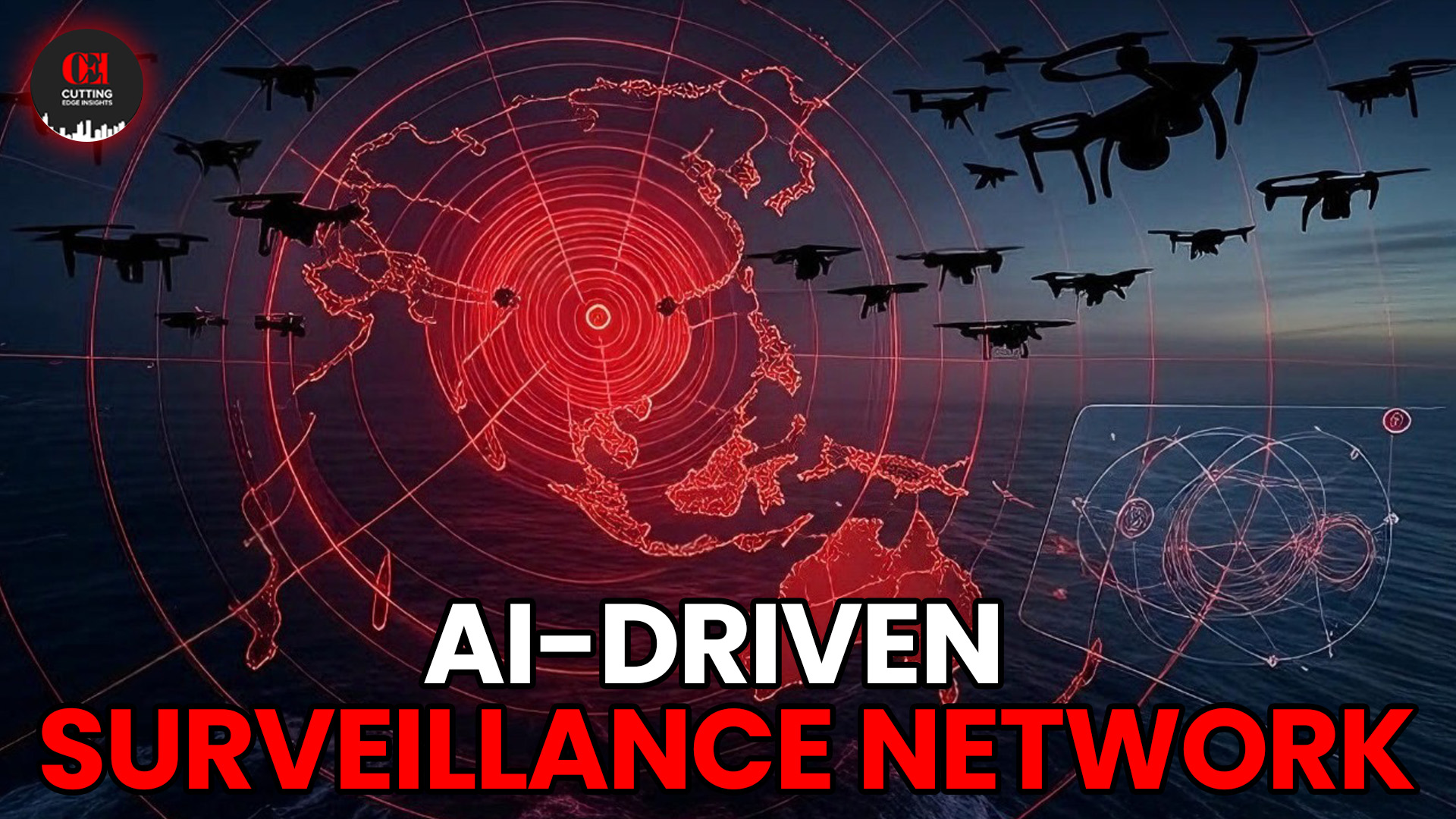China’s Drone Doctrine:
The People’s Liberation Army has signalled a striking pivot in its strategic playbook. In a freshly published PLA Daily commentary, senior planners call for “large-scale, centralised” deployment of unmanned combat systems at key points of friction, framing drones not as auxiliary tools, but as the main act in future “intelligent warfare.” If that language sounds grandiose, look closer: Beijing is openly sketching a battlefield where swarms of autonomous aircraft, ground robots and underwater vessels converge at speed, harnessing AI to overwhelm slower, man-centred defences.
The concept builds on lessons others have learned the hard way. Ukrainian technicians armed with hobby-grade quadcopters have shredded Russian armour, turning low-cost circuitry into high-stakes leverage. Washington, jarred by that example, has launched its own Replicator programme to field “multiple thousands” of attritable drones across air, land and sea within two years. For Chinese strategists, these global experiments confirm a blunt arithmetic: quantity plus autonomy can crush quality when sensors talk faster than humans can think. Hence the PLA’s prescription—mass, networked control, and the ability to switch from reconnaissance to strike in a heartbeat.
Central to the doctrine is concentration. Rather than dispersing small drone units among infantry or ship detachments, the article argues for dedicated unmanned formations held in reserve, ready to surge en masse toward a decisive axis. Picture an AI-directed “storm front” of loitering munitions, EW jammers and under-sea gliders sweeping across a strait or desert corridor, guided by real-time satellite feed and secure 5G links. Human commanders would remain “on the loop,” but algorithms would choreograph the flock—allocating targets, rerouting around jamming, even self-sacrificing to open corridors for heavier assets.
That vision dovetails with China’s industrial muscle. The country already dominates global civilian drone production; shifting that scale to military output could flood any theatre faster than rival supply chains can react. Cost curves also favour Beijing: where a stealth fighter runs north of US $100 million, a wave of smart loitering drones costs a rounding error, yet forces adversaries to light up radars, expend missiles and reveal positions. It is a classic asymmetric gambit—frustrating the high-end enemy until the real punch arrives.
Yet mass autonomy is no silver bullet. Drone swarms crave pristine data links; fry those links and the flock can falter. Electronic-warfare duels are already raging over Ukraine, and U.S. planners expect the same cat-and-mouse around Taiwan. Logistics, too, is brutal: batteries, spare propellers, software patches and secure comms nodes must move as fluidly as the machines they serve. Then there are ethics and escalation. Once lethal decisions migrate to silicon, who owns the last-minute choice to strike—or abort—when civilian traffic blurs into combatants? Beijing’s commentary breezes past that dilemma, but foreign ministries will not.
Still, the trajectory is set. Whether labelled Replicator, Lancet, or the PLA’s yet-unnamed equivalent, drone mass is becoming the new measure of military heft. The open question is who masters the full stack—AI brains, resilient networks and the logistical sinew to keep a million rotors spinning. For now, China has tossed its marker on the table: the era of man-centric dominance is fading, and the side that organises silicon soldiers at planetary scale may call the shots in tomorrow’s wars.











